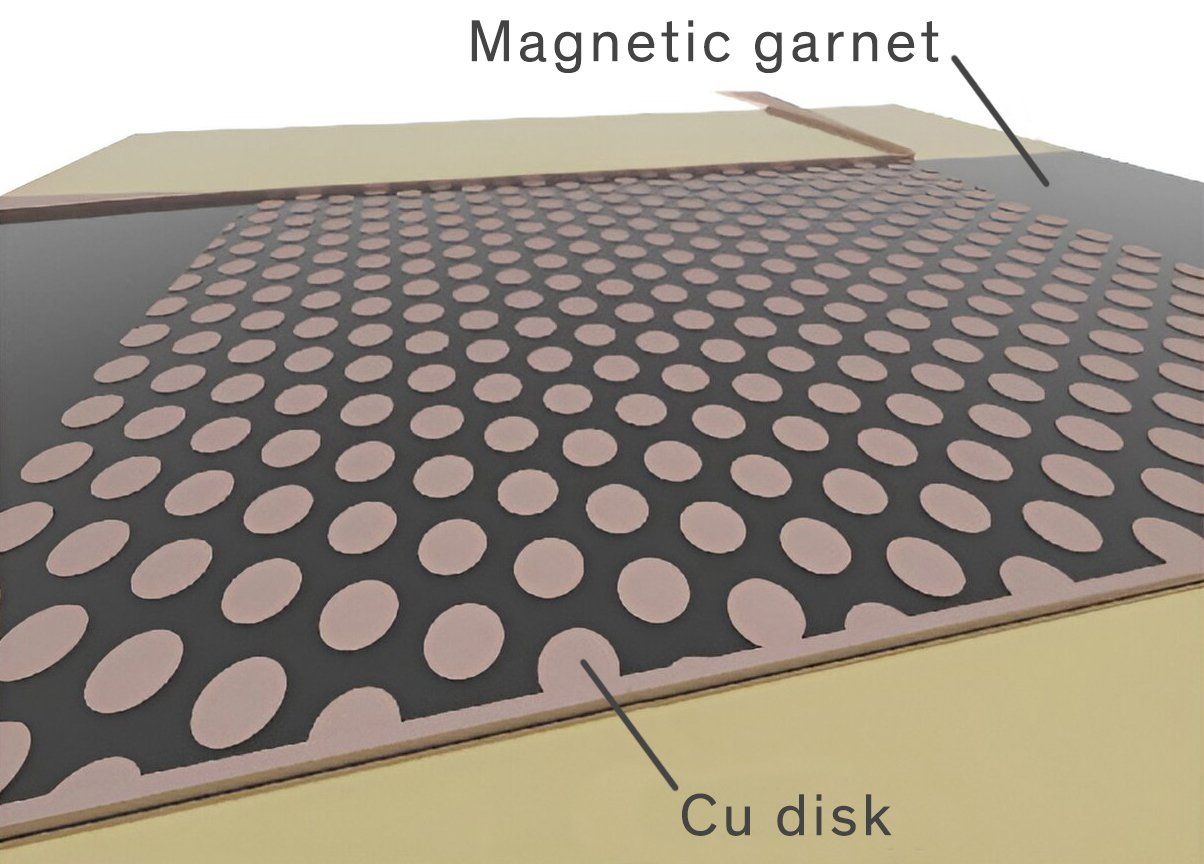Analog Computers May Work Better Using Spin Than Light
Spin waves offer a new approach to digital computing’s counterpart
In collaborative research out of Japan and Switzerland, scientists have taken an important step toward a next generation of analog computers by creating new types of logic gates based on spin waves. Spin waves are the waves generated when all the electrons in a system shift the alignment of their spins in one direction and at the same time.
“Both practically and in terms of research, there’s a higher potential to achieve analog computing more affordably using spin-wave technology compared to other wave-based approaches.” —Taichi Goto, Tohoku University
When reconsidering the promise of analog computers—for new kinds of superefficient AI and new directions in conventional computing, for instance, that avoid analog-to-digital conversions—researchers often lean on optical wavelengths of light for governing an analog logic circuit. Optics are a natural choice for wave-based computing, as light waves are easily manipulable and easily read off once a computation is done.
On the other hand, optical analog computers can also be bulky and vulnerable to imperfections in optical components, generating errors in the computation that can quickly snowball.
Spin-Wave Analog Computing
Meanwhile, spin waves have wavelengths of around 100 nanometers and offer a different vision for analog computing more aligned to the predominantly electronic world of digital computers.
The spin-wave researchers—relying on “magnonics” to control these waves—have developed a new kind of waveguide that could provide the basis for a spin-wave computer’s logic gates.
“Both practically and in terms of research, there’s a higher potential to achieve analog computing more affordably using spin-wave technology compared to other wave-based approaches,” says Taichi Goto, associate professor from Tohoku University’s Research Institute of Electrical Communication and coauthor of the study.
Goto says that the better affordability of their spin-wave technology stems from its ability to operate at room temperature. While some magnetic materials may require cooling, the material the researchers developed can operate at room temperature.
“There’s no need for cooling facilities or running costs akin to those needed for quantum computers using superconductors,” says Goto.
Goto says the researchers devoted much energy and effort developing their spin-wave waveguide, which would provide the foundation for analog logic gates and other essential components of any analog computer. Typically, such magnonic waveguides are produced by processing yttrium-iron-garnet (YIG) into rodlike shapes. Then, by adding hexagonally latticed, two-dimensional copper to a YIG substrate, Goto says, they increased the waveguide’s internal reflectivity, thereby reducing losses within the waveguide.
In the device, spin waves are generated by an antenna, constructed directly on the insulating substrate. The hexagonally latticed 2D copper then can reflect and channel these same spin waves.
The wavelength of spin waves can be easily altered by the antenna’s size and structure, Goto says, making it easier to control properties like wave-phase interference, refraction, diffraction, and localization. This fundamental property allows for the creation of unique functionalities that are challenging to replicate elsewhere, Goto adds.
Next, to generate and refine the logic gates, Goto says, the researchers are considering further developments in fabrication of the 2D copper material.
“We believe that functions exclusive to spin-wave circuit chips will open up new, albeit not yet extensive, markets,” Goto says.
The researchers published their work last month in the journal Physical Review Applied.
Dexter Johnson is a contributing editor at IEEE Spectrum, with a focus on nanotechnology.
